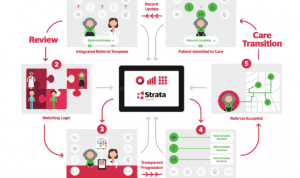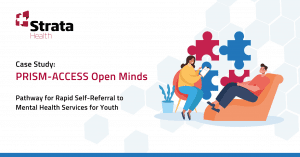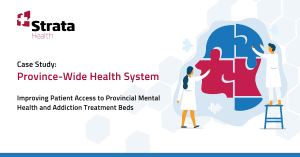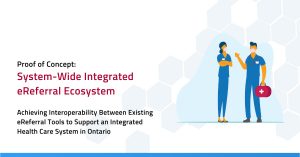Case Study: Central LHIN Hospitals

Four months after implementation, CLHIN has reduced the proportion of incomplete referrals by a quarter!
The Challenge
Provide complete and accurate referrals to the Community Care Access Centre, minimizing the time spent collecting the information afterwards, leading to delayed discharges and inefficient transitions of care.
The Audit
A CLHIN audit of incompleteness indicated that 40% of all referrals to CCAC were missing information.
| Incomplete Referrals | 40% |
| Average Monthly Referrals | 2500 – 3000 |
These 1000+ referrals to CCAC required follow up to collect additional information from clinicians.
The Solution
Implementing an electronic referral framework allowed CLHIN to:
- Embed the referral criteria, mandatory elements, and best practices into an electronic referral form, ensuring complete and appropriate referrals
- Provide instant feedback once the referral has been received by the recipient
- Enable a single source for status checking of all outstanding referrals
- Entrench a messaging framework to keep all parties aware of changes
The Results
Audit of the first four months of the project’s staggered GO LIVE
| Patients Referred: | 15% Incomplete |
| – 3215 referrals successfully transmitted | |
| – 497 sent back for more information |
By providing complete referrals, CLHIN averted time-consuming follow up for over 800 CCAC referrals over the course of a few months. .
Projections
| Average after 3 months (3 sites): | Over 12000 fewer incomplete referrals per annum* |
| 6% Incomplete |
** assuming 3000/month for all sites and a consistent reduction from 40% to 6% once stabilized

























